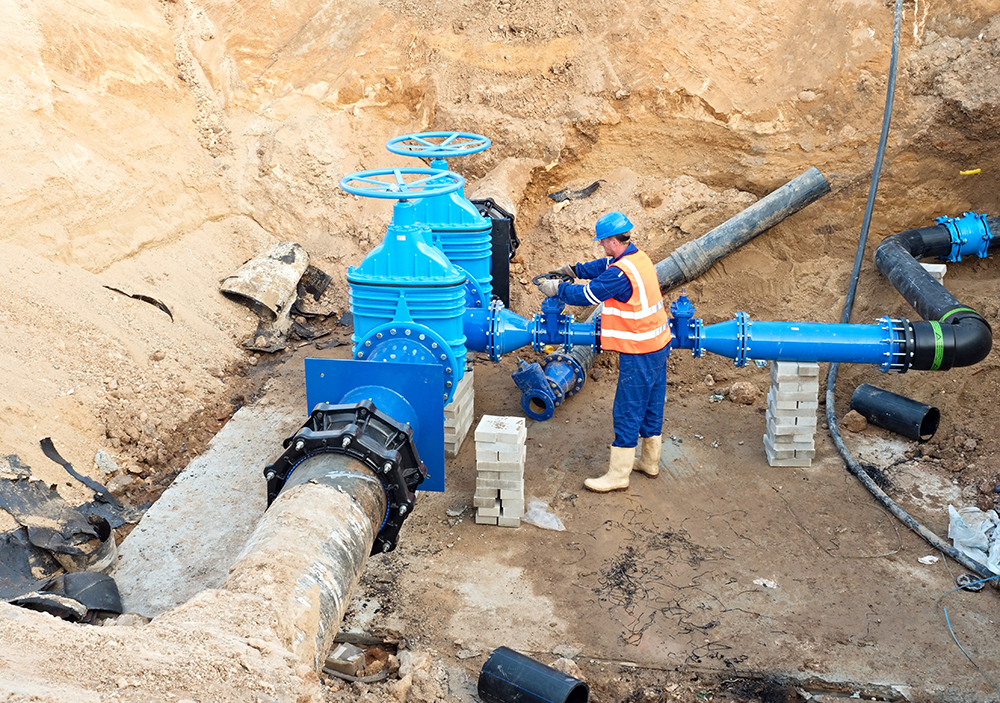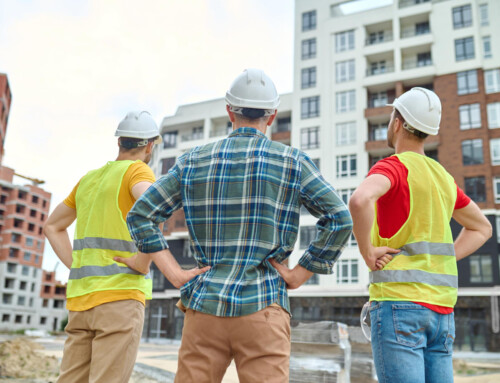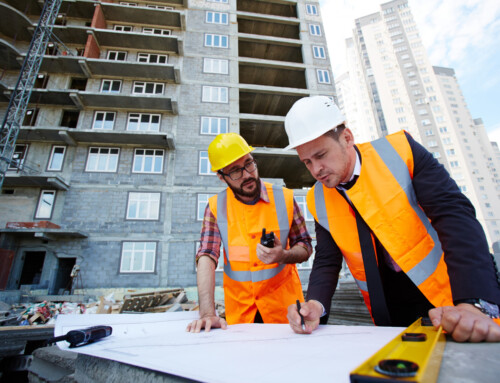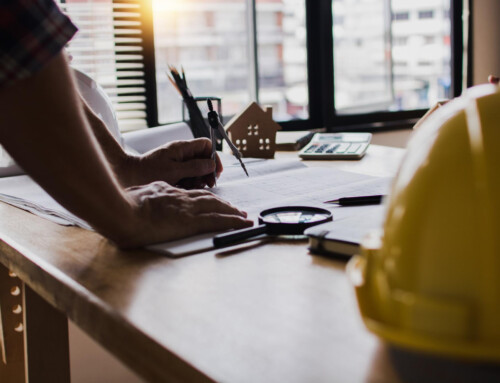A research study was recently conducted by the Water Design-Build Council (WDBC). The overall goal of the 2017 State of the Demand for Design-Build Delivery in the Water/Wastewater Sector was to establish an industry standard methodology for use on a regular, ongoing basis by assessing the demand for the use of design-build project delivery among the nation’s publicly owned water and wastewater utilities. Here are some design-build industry trends affecting wastewater construction jobs:
2013–2016
Two core data sources were analyzed in the design-build market for 2013-2016 which indicated:
- 100 water and wastewater projects (including combined sewer overflows [CSOs]) occurred on an annual basis
- $18.2 billion in total design-build projects during this period
- The use of design-build project delivery grew steadily between 2013 and 2016, with 2016 the most active with 119 awards/starts for several projects of significant size and cost
There are many different variables that drive the U.S. market for water and wastewater services including regulations, demographics and capital replacement. It was also noted that populations growing most rapidly in urban coastal regions of the U.S. have resulted in unprecedented water shortages and water quality impairment from wet-weather events. Emerging technologies and new control strategies are some possible solutions to these issues.
Current Market Conditions
According to data from the survey, the U.S. Environmental Protection Agency (EPA) and the U.S. Census Bureau, some of the states with significant design-build projects lately are California, Texas, Florida, Arizona, Colorado, Georgia, Washington, Oregon, and Illinois. The top three states all have capital spend estimated to be greater than $100 million each. The study also indicated:
“States with the greatest number and volume of design-build projects tend to have the strongest legislative mandates and authority enabling design-build delivery in water and wastewater, such as California, Texas, Arizona, Colorado, and Florida. These states also have strong overall growth related demands for new water and wastewater facilities, as do Georgia, Oregon, and Washington.”
The most active categories of design-build projects are those that include secondary and tertiary treatment or source water treatment along with specific facility operations and storm water projects.
2017 Design-Build Projects
Some of the different water and wastewater projects planned for 2017 include:
- Distribution and Transmission
- Treatment
- Storage
- Source
- Secondary Treatment
- Advanced Treatment
- Conveyance Repair & Rehab
- New Conveyance Systems
- CSO Correction
- Reclaim/Reuse Projects
Predictions
An estimated $40 to $50 billion is spent annually by U.S. water and wastewater utilities to upgrade, rehabilitate, replace, and expand their water and wastewater infrastruc-ture. This study predicts that the future for the use of design-build delivery methods for the water and wastewater infrastructure is a positive one.
Are you ready to build your dream team?
The Birmingham Group is a tenured construction recruiting firm specializing in a variety of niches including wastewater construction recruiting. We are dedicated to helping you build your dream team. If you are ready to take a proactive approach to recruiting and retention, reach out today to discuss a custom recruitment strategy.






